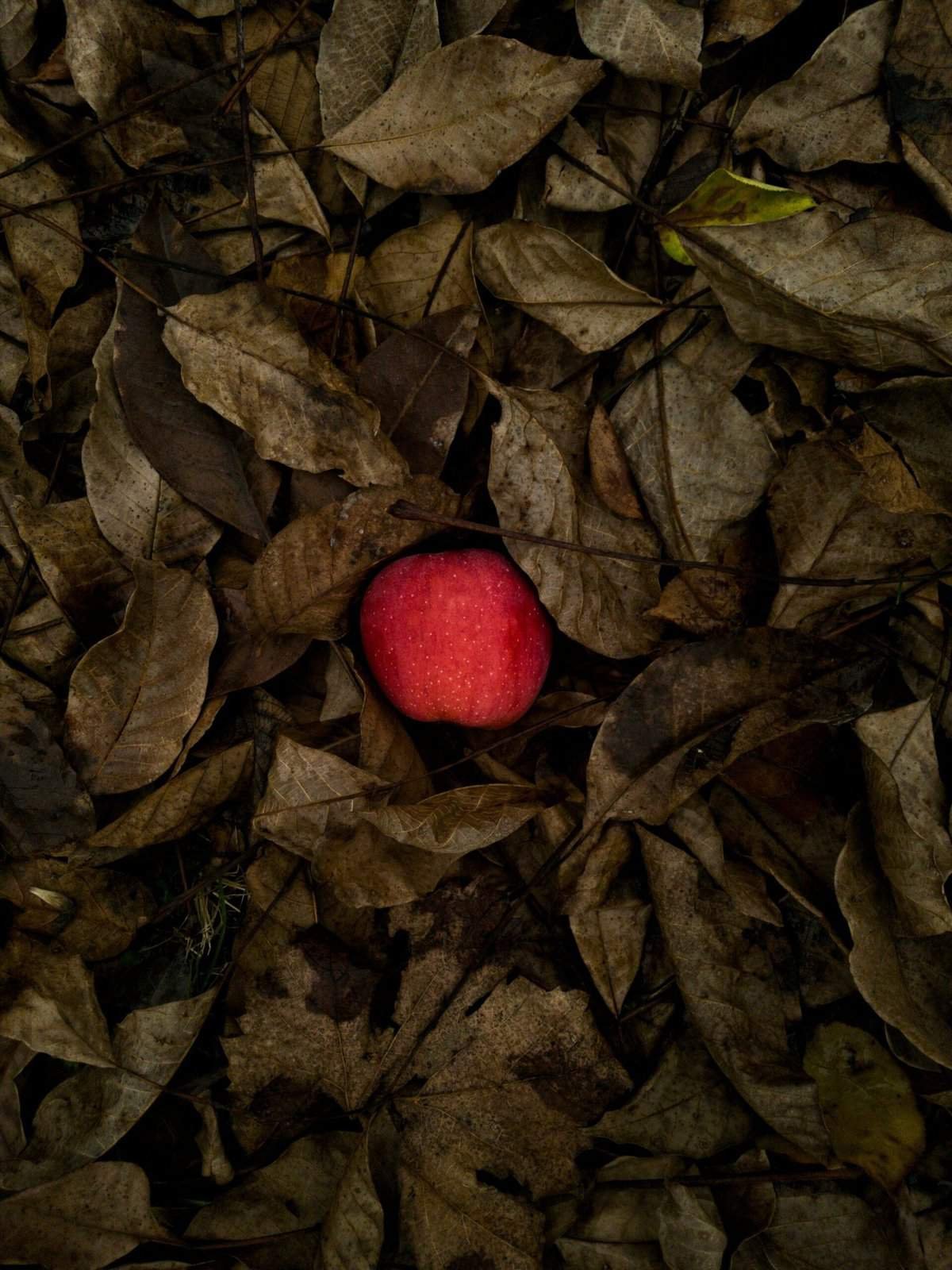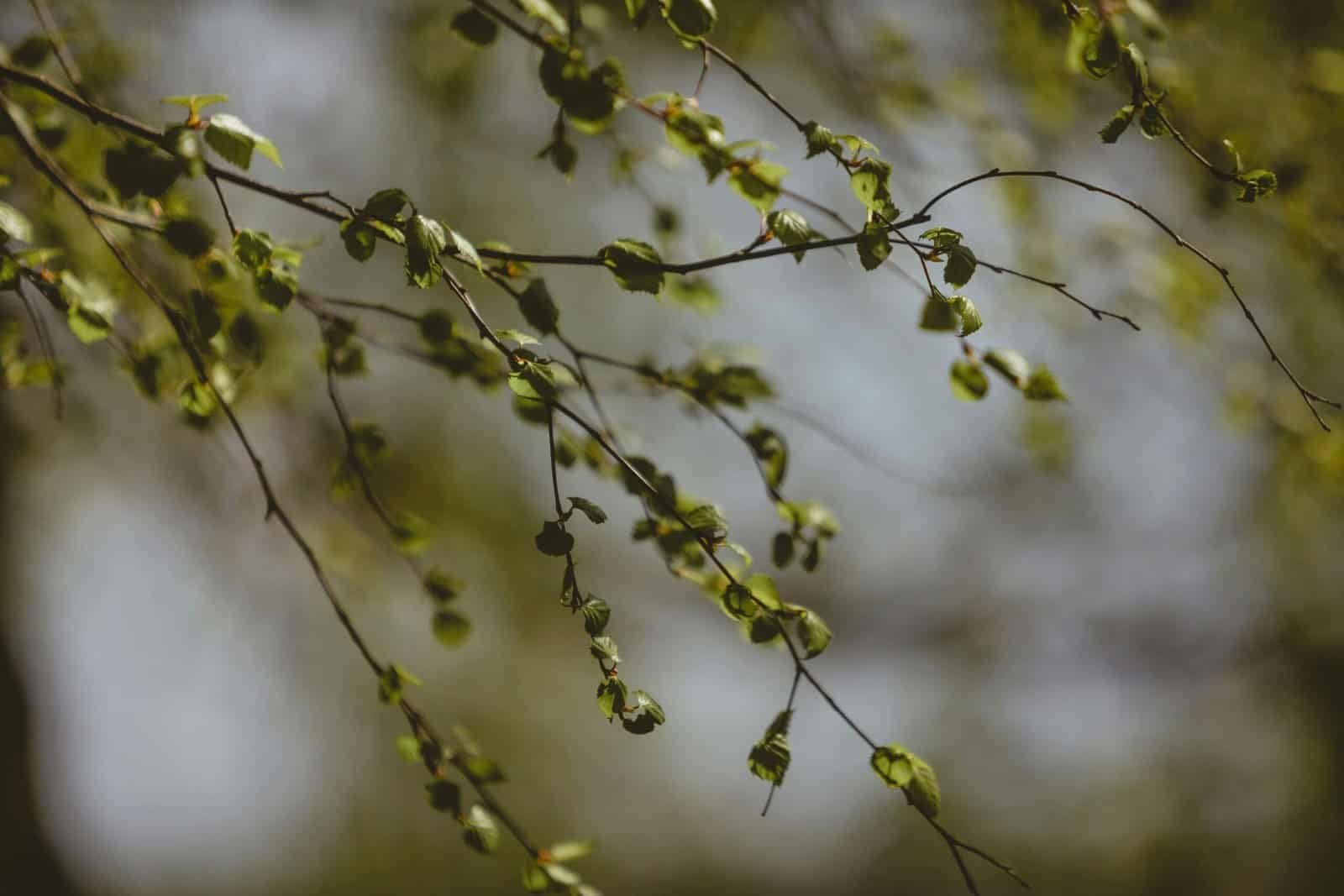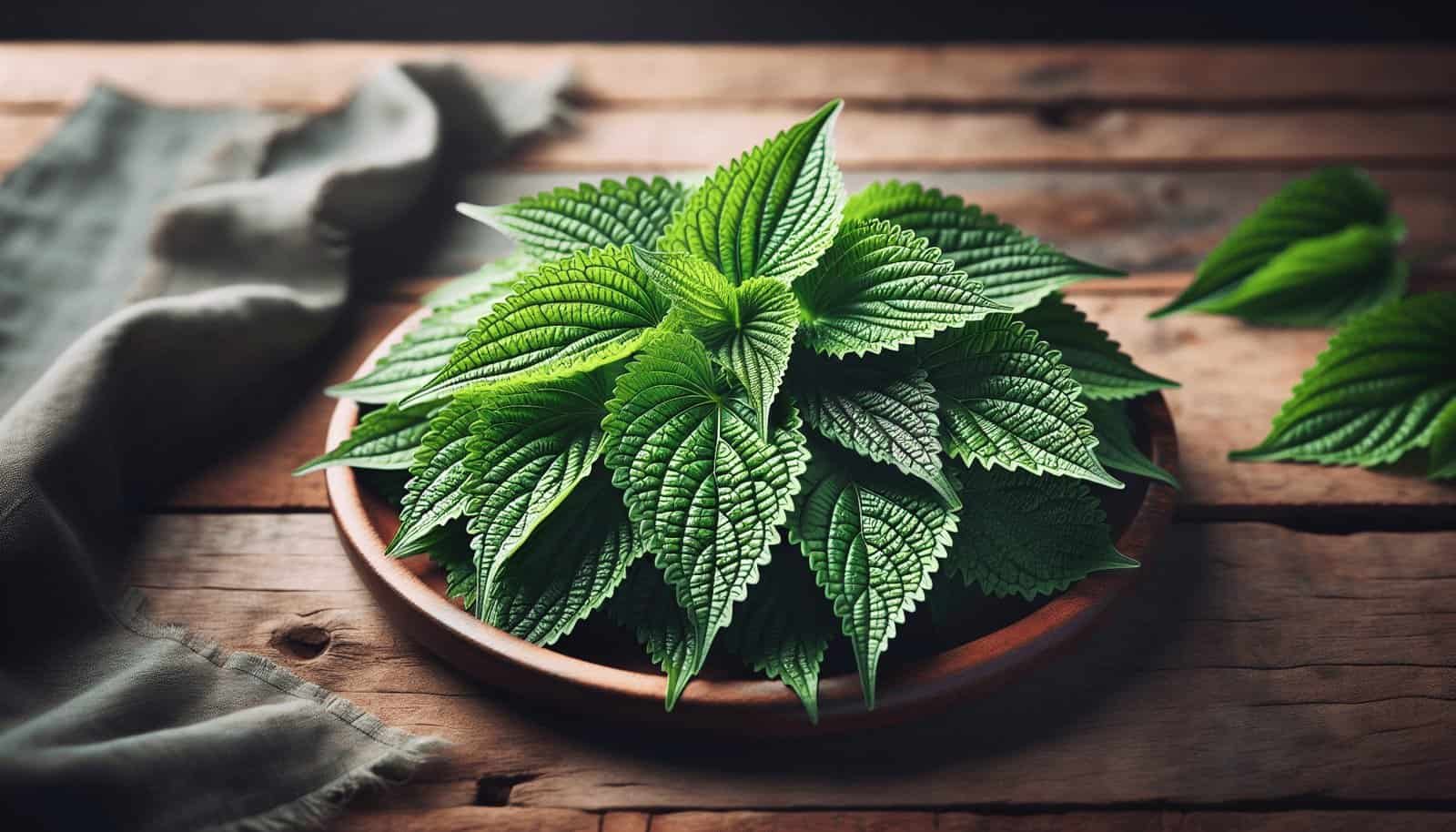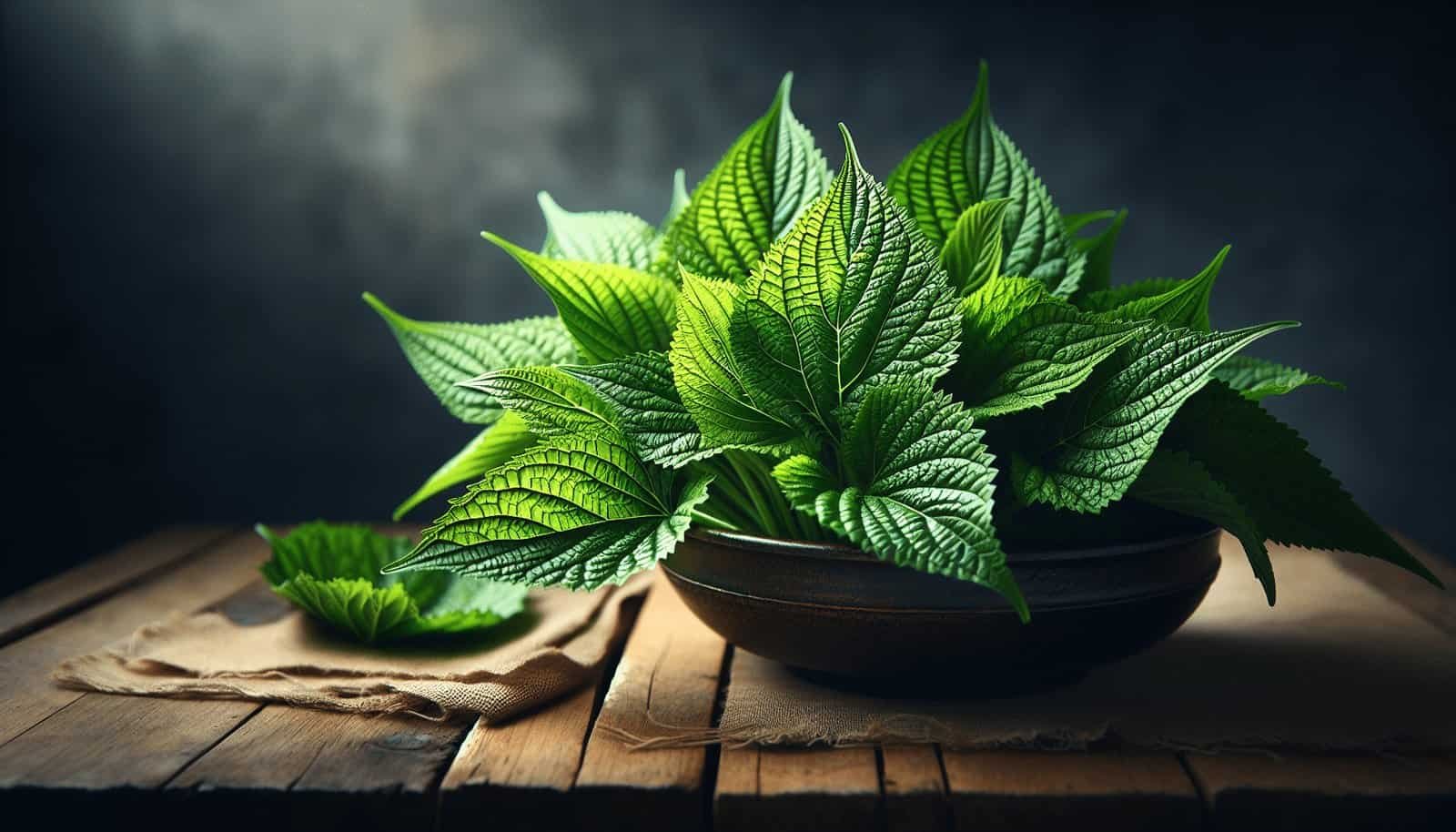In the rich tapestry of Korean cuisine, perilla leaves play a starring role, adding unique flavors and textures to various dishes. You’re invited to explore some traditional recipes that elegantly highlight these aromatic leaves. From the hearty Perilla Leaf Kimchi (Kkaennip Kimchi) to the savory Perilla Leaf Jeon (Kkaennip Jeon), and the refreshing Perilla Leaf Salad (Kkaennip Muchim), these dishes not only tantalize your taste buds but also offer a glimpse into the cultural significance of perilla leaves in Korean culinary traditions. Get ready to savor the essence of Korea through these delightful, herb-infused creations! Have you ever wondered about the rich variety of traditional Korean dishes and the unique ingredients that make them so special? One such ingredient that plays a prominent role in Korean cuisine is the perilla leaf. Known for its distinctive aroma and exceptional versatility, perilla leaves are a staple in many traditional Korean dishes. Let’s dive into the world of Korean cuisine and explore some traditional dishes that particularly showcase the use of these flavorful leaves.
What Are Perilla Leaves?
The Basics of Perilla
Perilla leaves, also known as “kkaennip” in Korean, belong to the mint family and are similar in appearance to Japanese shiso leaves. They have a complex, aromatic flavor profile that combines notes of mint, basil, and anise. The leaves can be used both raw and cooked, making them a versatile ingredient in various culinary applications.
Nutritional Value
Perilla leaves are not only delicious but also packed with nutrients. They are rich in vitamins A, C, and K, essential minerals like calcium and iron, as well as omega-3 fatty acids. Such nutritional benefits make them a healthy addition to any dish.

Traditional Korean Dishes Featuring Perilla Leaves
Perilla Leaf Kimchi (Kkaennip Kimchi)
One of the most iconic uses of perilla leaves in Korean cuisine is in Perilla Leaf Kimchi. This dish is essentially fermented perilla leaves, offering a distinctively different experience from more commonly known napa cabbage kimchi.
| Ingredient | Quantity |
|---|---|
| Perilla leaves | 100 |
| Soy sauce | 1 cup |
| Vinegar | 2 tbsp |
| Garlic (minced) | 2 cloves |
| Red chili powder | 2 tbsp |
| Sugar | 1 tbsp |
| Sesame oil | 2 tbsp |
| Sesame seeds | 1 tbsp |
Preparation Steps
- Clean and Prepare Perilla Leaves: Rinse the perilla leaves thoroughly and pat them dry.
- Make the Marinade: Mix soy sauce, vinegar, garlic, red chili powder, sugar, sesame oil, and sesame seeds in a bowl.
- Marinate the Leaves: Layer the perilla leaves in a container, applying the marinade between each layer.
- Ferment: Seal the container and let it ferment at room temperature for about 24 hours before refrigerating.
Beef Wrapped in Perilla Leaves (Kkaennip Ssambap)
Another fantastic dish that showcases perilla leaves is Beef Wrapped in Perilla Leaves. This meal is as flavorful as it is visually appealing, featuring seasoned beef, rice, and diverse toppings, all wrapped in aromatic perilla leaves.
| Ingredient | Quantity |
|---|---|
| Perilla leaves | 20-30 |
| Cooked rice | 2 cups |
| Beef (thinly sliced) | 300 grams |
| Soy sauce | 3 tbsp |
| Garlic (minced) | 1 clove |
| Ginger (minced) | 1 tsp |
| Ground pepper | 1 tsp |
| Green onion (chopped) | 1 stalk |
| Sesame oil | 1 tbsp |
| Kimchi | As desired |
| Gochujang (Korean chili paste) | As desired |
Preparation Steps
- Prepare the Beef: Marinate the beef in soy sauce, garlic, ginger, ground pepper, green onion, and sesame oil for at least 30 minutes.
- Cook the Beef: Sauté the marinated beef in a hot pan until fully cooked.
- Assemble the Wraps: Place a small amount of rice and beef on each perilla leaf. Optionally add some kimchi and a dab of gochujang.
- Wrap and Serve: Roll the leaf around the fillings and serve immediately.
Perilla Leaf Pancakes (Kkaennip Jeon)
Perilla Leaf Pancakes are a delightful appetizer or snack, featuring perilla leaves coated in a light batter and then pan-fried to perfection. These are crisp on the outside and packed with flavor on the inside.
| Ingredient | Quantity |
|---|---|
| Perilla leaves | 20-30 |
| Flour | 1 cup |
| Water | ¾ cup |
| Egg | 1 large |
| Salt | 1 tsp |
| Vegetable oil | For frying |
Preparation Steps
- Prepare the Batter: Mix flour, water, egg, and salt in a bowl to form a smooth batter.
- Coat the Leaves: Dip each perilla leaf into the batter, ensuring it’s well-coated.
- Fry the Pancakes: Heat vegetable oil in a pan over medium heat. Fry the coated leaves until golden brown and crispy, turning as needed.
- Serve: Place the cooked pancakes on a paper towel to remove excess oil before serving.
Perilla Seed Soup (Deulkkae-tang)
Perilla Seed Soup is another traditional Korean dish that uses perilla leaves, albeit in a different form. The broth is made from ground perilla seeds, which provide a nutty flavor and creamy texture.
| Ingredient | Quantity |
|---|---|
| Ground perilla seeds | ½ cup |
| Radish (sliced) | 1 cup |
| Beef broth | 4 cups |
| Garlic (minced) | 2 cloves |
| Soy sauce | 2 tbsp |
| Green onion (chopped) | 2 stalks |
| Salt | To taste |
| Pepper | To taste |
Preparation Steps
- Prepare the Broth: Boil the beef broth in a pot and add the sliced radish.
- Add Flavorings: Once the radish is tender, add garlic, soy sauce, salt, and pepper.
- Introduce Perilla Seeds: Gradually stir in the ground perilla seeds, ensuring they are well-dispersed in the soup.
- Finish with Green Onion: Add the chopped green onions and cook for another 5 minutes before serving.

Other Common Uses of Perilla Leaves in Korean Cuisine
As a Wrap (Ssambap)
Perilla leaves are commonly used as wraps, known as “Ssambap,” in Korean cuisine. You can wrap a variety of ingredients in perilla leaves, from rice and meat to fermented soybean paste (doenjang) and spicy chili paste (gochujang).
In Pickles (Jangajji)
Another popular method of using perilla leaves is pickling them. Known as “Jangajji,” these pickled leaves can be enjoyed with rice and other side dishes. They provide a tangy, sour, and slightly spicy kick that enhances the flavor of any meal.
Stir-fried Perilla Leaves (Kkaennip Bokkeum)
Stir-fried Perilla Leaves are another delightful way to enjoy this versatile ingredient. They are commonly stir-fried with soy sauce, garlic, and chili flakes, making for a fragrant and slightly spicy side dish.
Rice Balls (Jumeokbap)
Perilla leaves can also be used to wrap rice balls or “Jumeokbap.” These rice balls are often seasoned with sesame oil, soy sauce, and other ingredients before being wrapped in perilla leaves.

Tips for Cooking with Perilla Leaves
Storage
Perilla leaves can be stored in the refrigerator for up to a week. To keep them fresh longer, wrap them in a damp paper towel before storing them in a plastic bag.
Washing and Preparation
Rinse the leaves thoroughly under cold water to remove any dirt. Pat them dry with a clean towel or paper towel before use.
Enhancing Flavor
To enhance the natural flavors of perilla leaves, lightly toast them before using them in a dish. This brings out their aromatic oils and adds a deeper flavor to your meal.

Conclusion
The use of perilla leaves in traditional Korean dishes offers a unique and flavorful experience that cannot be matched by any other ingredient. Whether it’s in kimchi, as a wrap, or in a soup, perilla leaves bring a variety of flavors and textures to a meal. Their versatility and nutritional benefits make them a wonderful addition to any dish. So the next time you’re looking to explore a new culinary adventure, why not try cooking with perilla leaves? You might just find your new favorite ingredient!
Feel free to experiment with these recipes and perhaps even create your own dishes using perilla leaves. Happy cooking!

